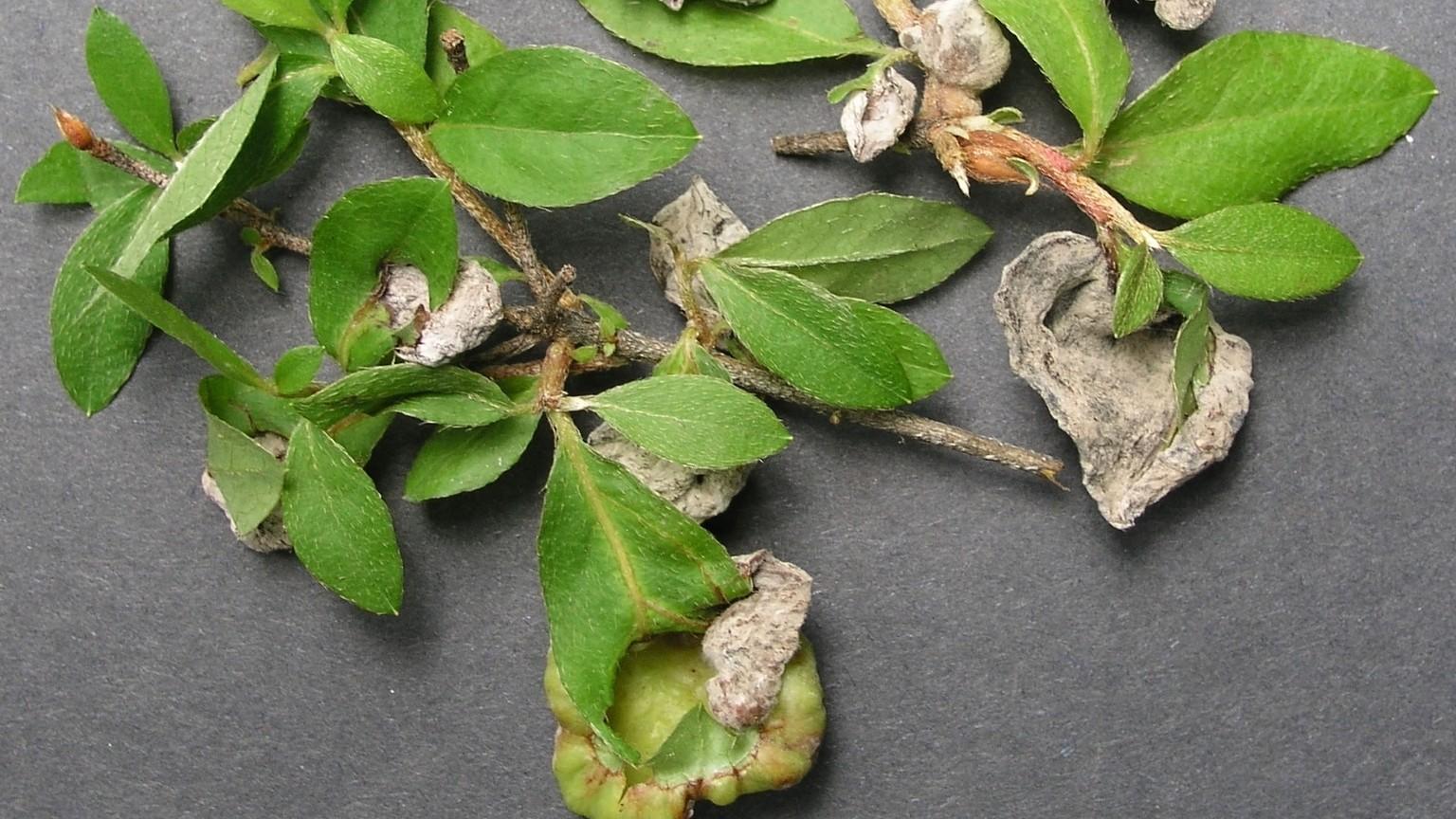Key points
- While very noticeable, Exobasidium leaf and flower gall will not threaten the health of the plant.
- This problem is more common during cool and wet spring weather.
- The first symptoms are swollen or puffy portions on newly expanding leaves, shoots, buds or flowers.
- These areas turn into galls that range in color from green, silvery white, to pink or red depending on the part of the plant infected.
- As these galls age, they develop a white surface growth which consists of a layer of reproductive spores.
- Eventually, the infected plant part will turn brown and shrivel up into hard galls.
Management
- Fungicide sprays are not effective for the control of this disease.
- Prevention strategies involve hand picking the galls off before they develop the white sporulating surfaces.
- This will reduce the incidence of disease next season.
